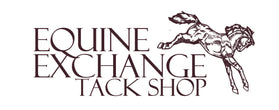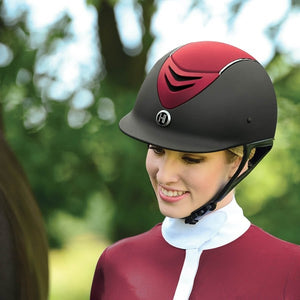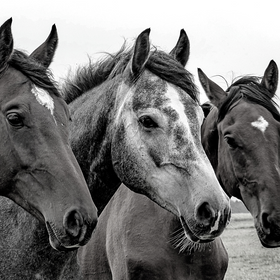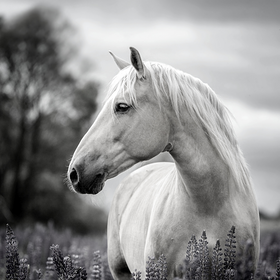
What to Expect at your Kid’s First Riding Lesson
Horseback riding is a wonderful sport for kids to be involved in. It teaches responsibility, empathy, body awareness, develops muscle memory, and so much more to children. For parents who are looking to get their children involved in horseback riding, it can be a little intimidating, especially if those parents have not had any experience with horses in the past.
Horseback riding and riding lessons are new experiences for both parents and kids. The key to success is being aware of the process and being prepared ahead of time. The first horseback riding lesson is often the most nerve wracking because you don’t know what to expect. These nerves tend to go into overdrive when it is your child heading to their first lesson. Here is what you should expect at your child’s first horseback riding lesson and how to be prepared.
Horseback riding instructors who focus on children will often have several beginner friendly horses for lessons. These horses are generally older, semi-retired, very calm, and very forgiving as your child is learning how to control their hands and legs in the saddle.
Prior to arriving for the lesson, make sure your child has appropriate attire. This does not mean spending hundreds of dollars on the latest and greatest riding attire (though you can if you would like). Horseback riders need long pants (jeans or riding pants), an ASTM/SEI certified riding helmet (some stables provide these for beginners), a comfortable shirt, and boots with a heel. Sneakers, sandals, or rain boots are not safe for riding. If you are unsure of a particular boot, feel free to ask the riding instructor in advance.
When you arrive at the barn be sure to watch your surroundings and be courteous to other riders. This means no running, quick movements, yelling (indoor voices, please), or jumping. Depending on the age of your child this could be challenging, but it is very important. Even the calmest horse can be startled and cause someone to be injured. Along these same lines, do not bring animals to the lesson and be sure to shut off or turn your phone to vibrate.
If you are bringing other children to the lesson it is important to make sure they follow these guidelines as well. A special note on strollers - many horses are nervous around strollers. Be sure to ask the instructor if it is ok to bring a stroller to the barn.
We generally recommend arriving at the barn at least 30 minutes prior to the lesson to get your horse ready. For the first few lessons, the instructor will help and teach your child how to walk around the horse, horse behavior, horse safety, groom, and tacking up before the lesson. Proper horse care is an important part of horsemanship and something all equestrians should learn.
Some barns will have the horse tacked up prior to the first lesson. In this case, the instructor will teach your child how to lead the horse out of its stall, down the barn aisle, and into the arena. For smaller children, the reins of the horse’s bridle are kept over the horse’s neck for the safety of the horse and child.
Mounting is often what children are most worried about for their first lesson. It does take a bit of practice, but no one is graceful the first time they get into the saddle. Do not attempt to mount until the instructor says it is ok. The instructor will show your child how to check all of their tack prior to mounting. This is to ensure girths are tight and all buckles are correctly latched. The instructor will walk through the steps to mounting, either from a mounting block or by giving a leg up. Once in the saddle, the instructor will adjust the stirrups to the appropriate length.
During the lesson, it is important for any observers to stay quiet and avoid sudden movements. If you need to leave the arena at any time do so quietly and let the instructor know when you are reentering to avoid startling the horse.
The instructor will review proper position in the saddle, how to sit, where to place hands, and legs, and how to cue the horse. Most beginner lessons will cover walk and halt. Some will begin trotting depending on the balance of the child. Safe dismounting at the end of the lesson is also covered so children are confident in their ability to get off the horse.





